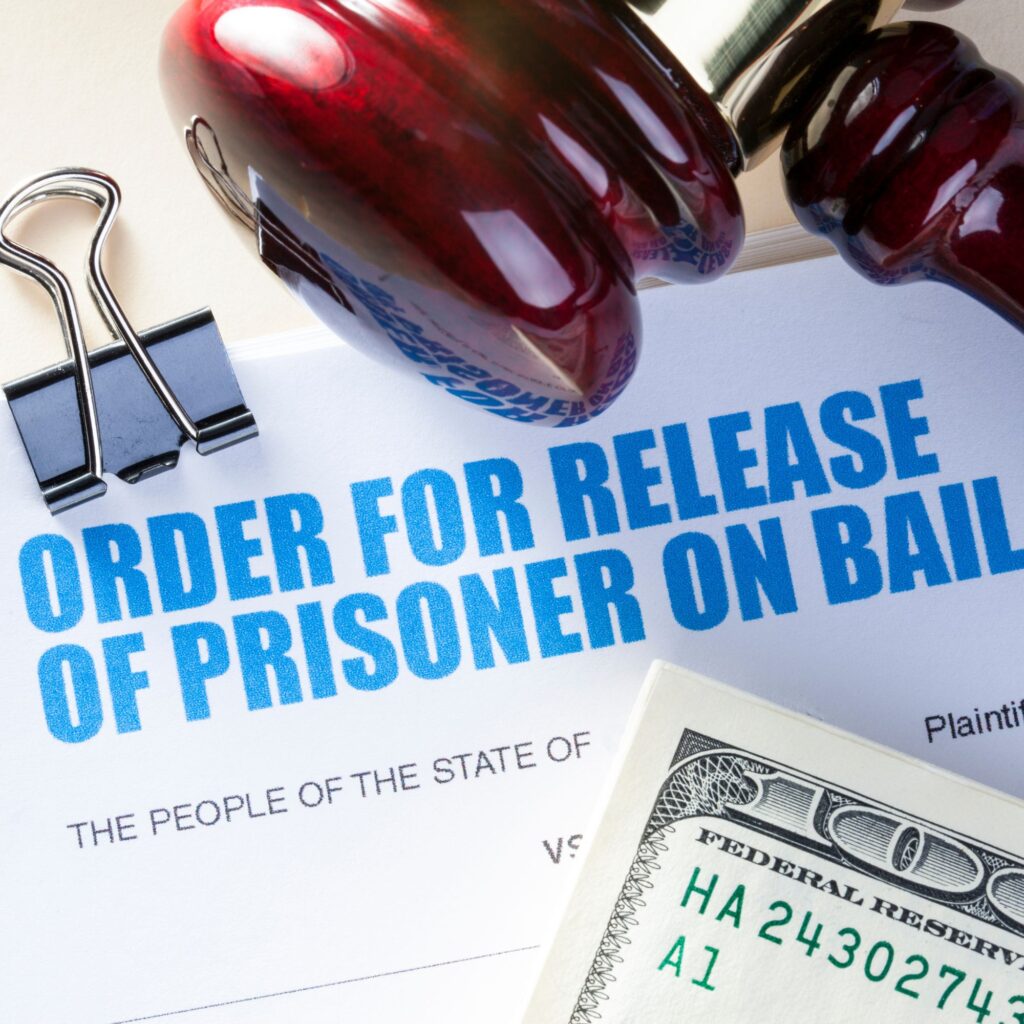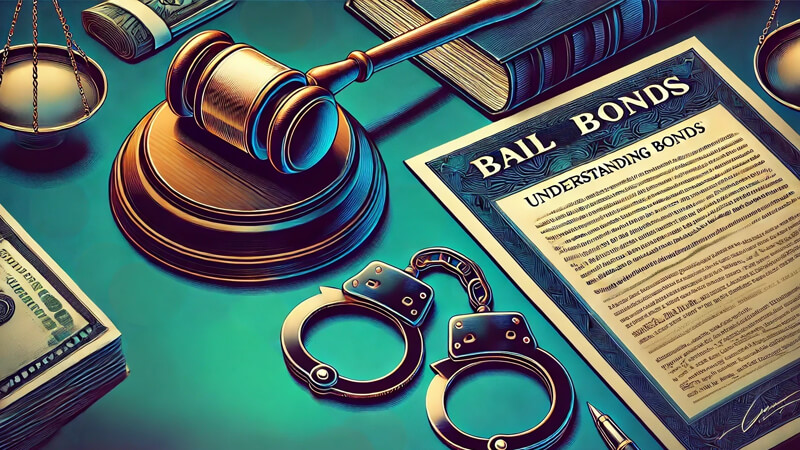Recognizing the Bail Bonds Process: What You Required to Know
Navigating the bond bonds procedure is an important element of recognizing the broader lawful system for those influenced by an arrest. From the preliminary phases of establishing bail amounts to the intricacies of engaging an accredited bond bondsman, each step carries considerable effects.
What Is Bond?
Bond is a legal mechanism that permits an individual charged of a criminal offense to safeguard their launch from safekeeping while waiting for test. This procedure is crucial in balancing the legal rights of the charged with the interests of public safety and the judicial system. When a person is apprehended, they may be required to remain behind bars up until their court date unless they can publish bail, which serves as a monetary warranty that they will return for their set up hearings.
The amount of bail set can vary dramatically based upon numerous variables, consisting of the extent of the claimed crime, the offender's criminal background, and prospective flight threat. Bond can take numerous kinds, such as money, property, or a bail bond provided by a licensed bond bondsman. The last choice enables people to pay a percent of the bail amount to a bondsman, that after that assumes responsibility for the complete bond amount.

Just How Is Bail Establish?
The procedure of establishing bond involves several key considerations that show the nature of the supposed infraction and the offender's conditions. Judges assess various elements, including the seriousness of the criminal offense, prior criminal history, flight risk, and ties to the community. Generally, much more severe fees, such as felonies, might lead to higher bail amounts contrasted to offenses.
In several territories, bond timetables give a standard for figuring out bond amounts based upon the details costs. Courts keep discretion to drift from these timetables based on private instance information. If a defendant postures a considerable flight threat or has a history of failing to show up in court, a judge may establish a higher bond or reject it altogether.
A judge may take into consideration the defendant's capability to pay bond and the prospective influence of bail on their employment and family members. Understanding these aspects can aid accuseds and their family members prepare for the bail setting procedure effectively.
Role of Bail Bondsmen
When a judge sets bail, not all accuseds can manage to pay the full amount upfront. In such cases, bail bondsmen play an important function in the judicial procedure. Bail Bonds Barberton Ohio. A bail bondsman is a certified professional who offers a monetary assurance to the court on behalf of the accused, enabling them to secure their release from custodianship while waiting for trial
Usually, the bail bondsman charges a non-refundable fee, usually a percentage of the complete bail quantity, which functions as their revenue for the service offered. This fee varies based upon jurisdiction and the bond bondsman's policies. As soon as the fee is paid, the bail bondsman blog posts the bond with the court, allowing the defendant to be launched.
In enhancement to monetary support, bond bondsmen usually check the offenders, ensuring they abide by court looks. If the defendant stops working to appear, Your Domain Name the bail bondsman has the right to nab them and recover the bond quantity, reducing their economic risk. Therefore, bondsman play a necessary function in balancing the passions of the judicial system with the requirements of individuals that may not have prompt accessibility to cash bond.
Responsibilities of Co-signers
Co-signers hold substantial responsibilities when assisting an accused in safeguarding a bail bond. Failure to do so can result in economic effects, including the forfeiture of the bail amount.
In addition, co-signers are typically responsible for the monetary danger related to the bail bond. If the offender falls short to appear, the co-signer may be needed to pay the full bail amount, which can be considerable. It is vital for co-signers to analyze their economic capacity prior to accepting this duty.
Moreover, co-signers should be prepared to offer collateral to secure the bail bond. This collateral can take the form of building, vehicles, or various other beneficial properties, which might be taken if the accused does not meet their responsibilities.
The Bail Bonds Process Steps
Understanding the duties of co-signers is essential as one browses the bond bonds procedure. When a person is detained and a bail quantity is established by the court, the process generally begins. If the accused can not afford to pay the bond straight, they may look for the help of a bondsman.
The primary step involves contacting a licensed bond bondsman who will certainly examine the situation. The co-signer, often a member of the family or buddy, must give individual information and monetary details to show their capacity to accomplish the bail agreement. When accepted, the co-signer must authorize a contract, which lays out the terms of the bail bond.
Following the finalizing, the bail bondsman will certainly post the bail quantity with the court, protecting the launch of the accused. It is essential for the co-signer to recognize that they are financially liable for the full bail quantity if the accused stops working to show up in court.
Conclusion
In conclusion, navigating the bail bonds process involves understanding the intricacies of bail, the role of bail bondsmen, and the obligations of co-signers. By understanding each component, people can make educated decisions, assisting in a smoother interaction with the legal system and reducing potential financial official statement repercussions associated with bond obligations.
Bail can take various forms, such as cash money, residential or commercial property, or a bail bond offered by a certified bail bondsman. The last alternative enables individuals to pay a percentage of the bond quantity to a bondsman, who then assumes duty for the complete bail amount.
